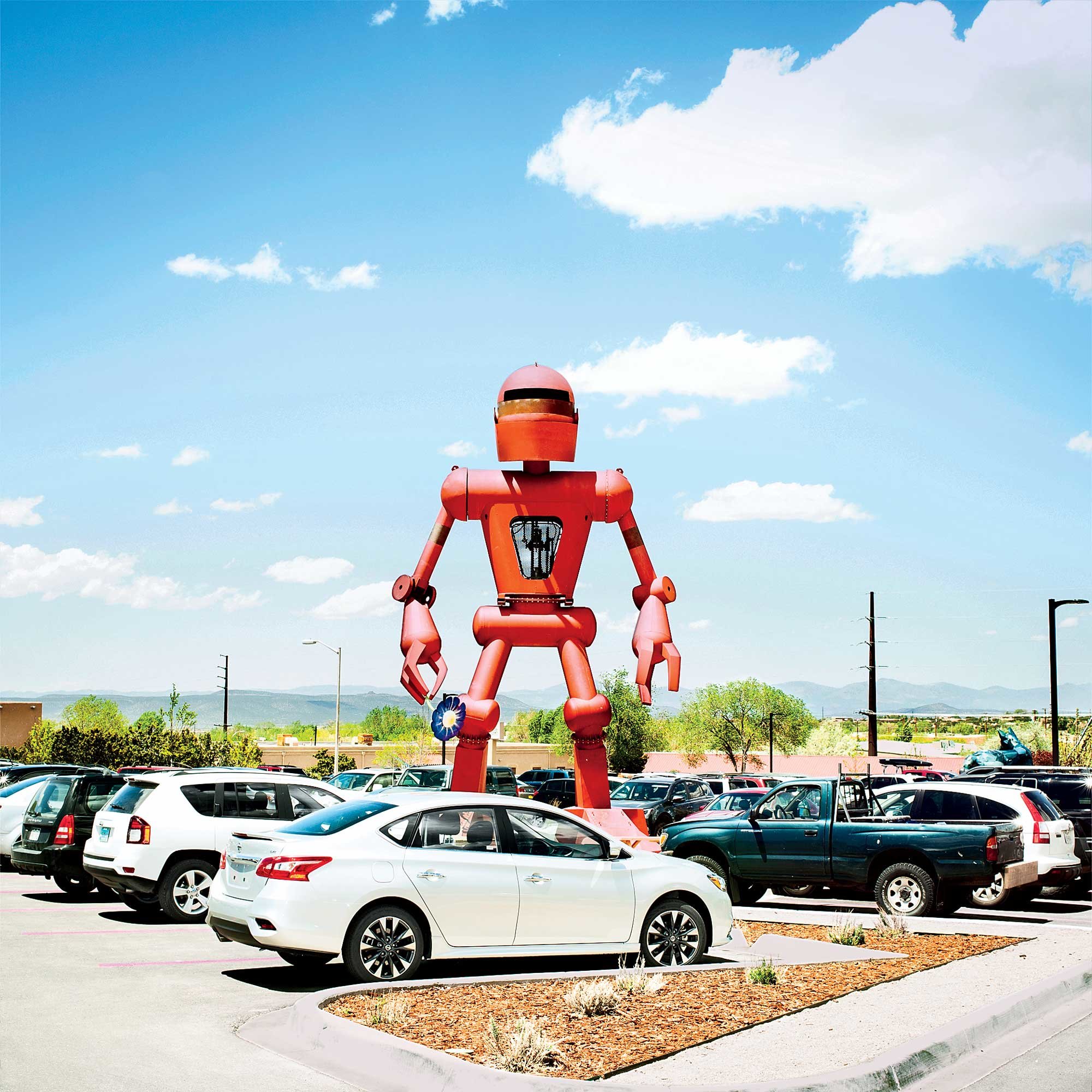
A view from a ski lift at Ski Santa Fe in Santa Fe National Forests Sangre de Cristo Mountains. (Photo Source: Jennifer Hiller /San Antonio Express-News)
Jennifer Hiller and her family visited Santa Fe and she wrote about her experiences in the San Antonio Express-News. The majority of the article describes their days skiing in Santa Fe, not Taos or another location, but a mountain right in Santa Fe!
“From Ski Santa Fe’s 10,350 base elevation to its peaks above 12,000 feet, there’s a family vibe, top-of-the-world views and nary a ski snob in sight. […] skiing in Santa Fe is really right there, just 16 miles from downtown. It took maybe 30 minutes to get from our hotel to the parking lot.” (Skiing with a side of art in Santa Fe)
While described as not a ski in-and-out/condo/spa resort-type of ski location, the accessibility and ease of Ski Santa Fe marks it as a great ski destination — Jennifer notes that she and her family did more actual skiing there than on other ski trips. She also notes that at Ski Santa Fe there is a ski school for kids.
When not skiing, Jennifer wrote about exploring the variety of offerings of downtown Santa Fe, but she spent the latter half of her article talking about her family’s visit to Meow Wolf (which we previously mentioned in this post “Santa Fe Culture: Past Meets Future“).
Meow Wolf is composed of different artistic components; one section is an arts-and-crafts studio that Jennifer and the kids took refuge in when another section of Meow Wolf, the “House of Eternal Return,” became a bit much for them. Here’s how she described it:
“Meow Wolf’s “House of Eternal Return” is a mashup of a Victorian home, jungle gym, the Twilight Zone, Alice in Wonderland and some of the stranger nightclubs I went to back in the day. […] There is a lot going on – some sort of space-time, alternative dimension thing is happening. My friend and I tried to figure it out, but mostly we tried not to lose our children, who kept doing things like going into refrigerators that were actually doors to other rooms, or disappearing into fireplaces that led to other worlds.” (Skiing with a side of art in Santa Fe)
Jennifer concludes that “the entire trip to Santa Fe was […] filled with unexpected discoveries that made us feel a world away from the daily grind.” A perfect sentiment that many feel after visiting! If you want to read about her full experiences in Santa Fe here’s the full article “Skiing with a side of art in Santa Fe.”








